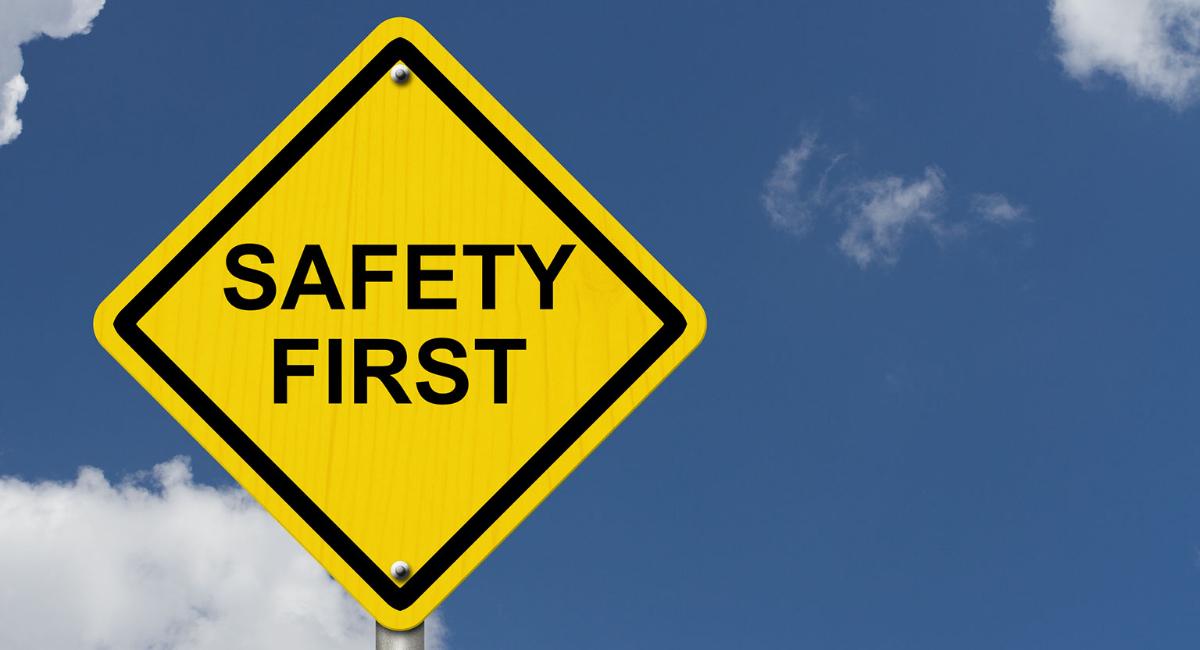
Weekly Safety Share #48 - Working in the Cold
This week is promising to be cold. With highs for Tuesday, Wednesday and Thursday not to exceed -28oC, we have to ensure we’re protecting ourselves and our co-workers from cold related hazards. I’m in the process of updating the Cold Weather Safe Work Practice to align with the NWT Code of Practice for Thermal Conditions. In the meantime, I’ve attached it here for your reference. Supervisors should understand the hazards and controls outlined here.
In addition to dressing properly, take note of the work rest regime. Today, regular work can take place. However, when the temperature is -29o with a wind of 18km/hr, (note the second line in the chart should read -29o to -31o) we should not be outside working longer than 55 minutes at a time, providing 2, 10 minute breaks for warming up in a four-hour shift.
When temperatures are so low we tend to idle our vehicles. Let’s not ignore the hazards associated with this. Perhaps a vehicle is used as a warming rest area, perhaps we are visiting a site where workers are present. We must ensure to position the vehicle down wind from the breathing zone of the workers in the area. Also, when using gas fired equipment of any kind, consider its location and the direction the exhaust travels.
Hazards
- The cold temperatures and icy conditions that are often a part of Canadian winters can cause hazards at the workplace.
- Cold stress—Exposure to the cold can lead to frostbite and hypothermia.
- Hypothermia—The body can no longer maintain its core temperature, causing persistent shivering, confusion, and poor coordination.
- Frostbite—Parts of the body are exposed to extremely cold temperatures or come into contact with cold objects, causing the tissues to freeze.
- Slips and falls—Ice, snow, slush, wet surfaces, and mud (during a thaw) can cause slips and falls. A slip on the ground can cost you weeks off work. A slip at height can cost you your life.
- Carbon monoxide (CO)—CO is a clear, colourless gas that you can’t smell or taste. It interferes with your body’s ability to use oxygen. Even in small doses, it can cause harm.
Controls
- Wear several thin layers of clothing instead of one thick layer.
- Wear gloves, as well as a hat or other head covering that can fit under a hard hat.
- Wear one pair of thick socks or two pairs of thin socks.
- If you get hot when you’re working, open your jacket but keep your hat and gloves on.
- Keep an eye on one another for signs of effects of cold: constant shivering, changing skin colour (white to greyish-yellow), confusion
- Use warm up breaks; however, be aware not to get too warm while working so that you start to sweat profusely. Balance is key!
To prevent slips and falls:
- Clean the ice and snow off the soles of your boots and from access areas and work platforms.
- Use sand, salt, or other de-icing material. (Ice often forms on the underside of platform materials, so don’t just turn them over.)
- When working at height, be extra careful in the morning since there may be new frost and snow.
- Watch your footing. Platforms may be clear in sunny areas but icy in the shade.
- When walking, have at least one hand free to help keep your balance and cushion a fall.
- Use ice cleats when appropriate.
To prevent exposure to CO gas:
- When heating an enclosed space, use an indirect-fired heater.
- Check propane vehicle-cab heaters for leaks and proper venting.
- Operate engines outdoors when possible.
- When engines must be operated indoors, take the following precautions:
- Choose electric rather than fuel-powered equipment.
- Make sure the area is well ventilated. Keep doors and windows open, and use fans to bring in fresh air.
- Monitor CO levels regularly with a gas detector.
Have a safe and successful week.
Cheers,
